Construction began in 1920, but only in 1957 was it considered complete, after several interruptions and changes to the original project.
The building consists of six floors, a basement and two courtyards.
The top of the 70m high, central tower, with its chiming clock, can be reached by climbing its 180 steps.
Consisting primarily of marble and granite, the interior of the building has some nobly furnished rooms, in which the most solemn ceremonies and the usual Municipal Assemblies and Executive meetings are held.
Included in the Urban Wine Route, the Porto Municipality used from the outset the income from rates and taxes on wine to improve the city´s defences, water supply, road connections to the outside and urban reforms.
Day 1
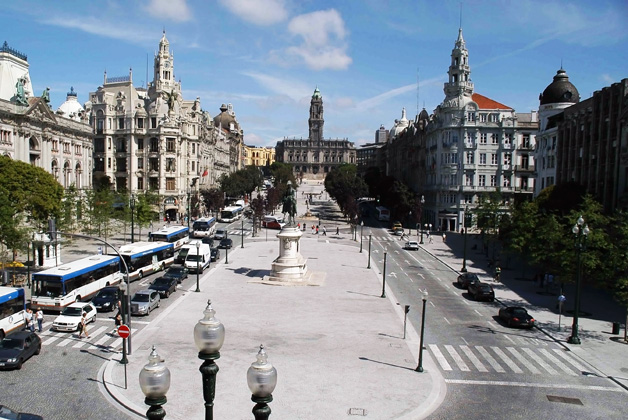
City Hall
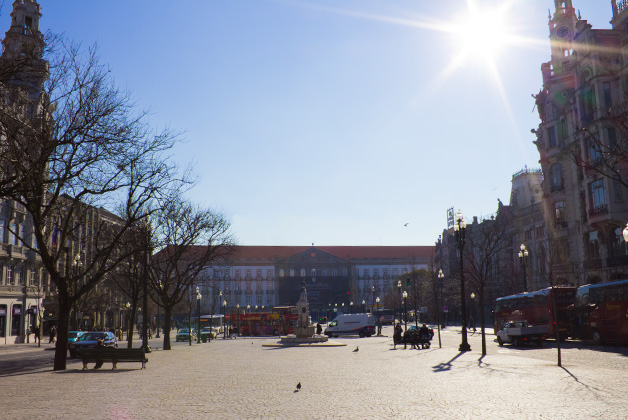
Aliados Avenue
The imposing architecture and its central character turn this Avenue into the city's "living room". It becomes a location of excellence where the people of Porto gather to celebrate special times. There are granite buildings, many of which are crowned with skylights, domes and pinnacles.
It is marked by a large central square completely paved with granite cobblestones, where statues come to life and where the reflecting pool is worth highlighting.
The City Hall is located at the head of the Avenida.
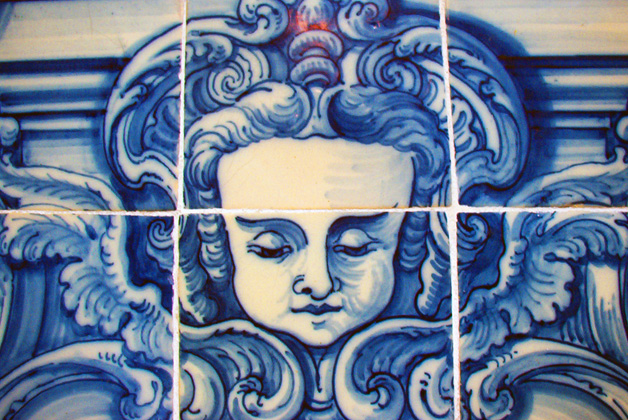
Capela das Almas
Chapel built at the beginning of the eighteenth century. From the same period is the image of Nossa Senhora das Almas (Our Lady of the Souls), which is inside. In 1929, the entire exterior was covered with tiles representing scenes from the life of St. Francis of Assisi and St. Catherine. Those tile panels were recovered in 1982.
Cost
0 €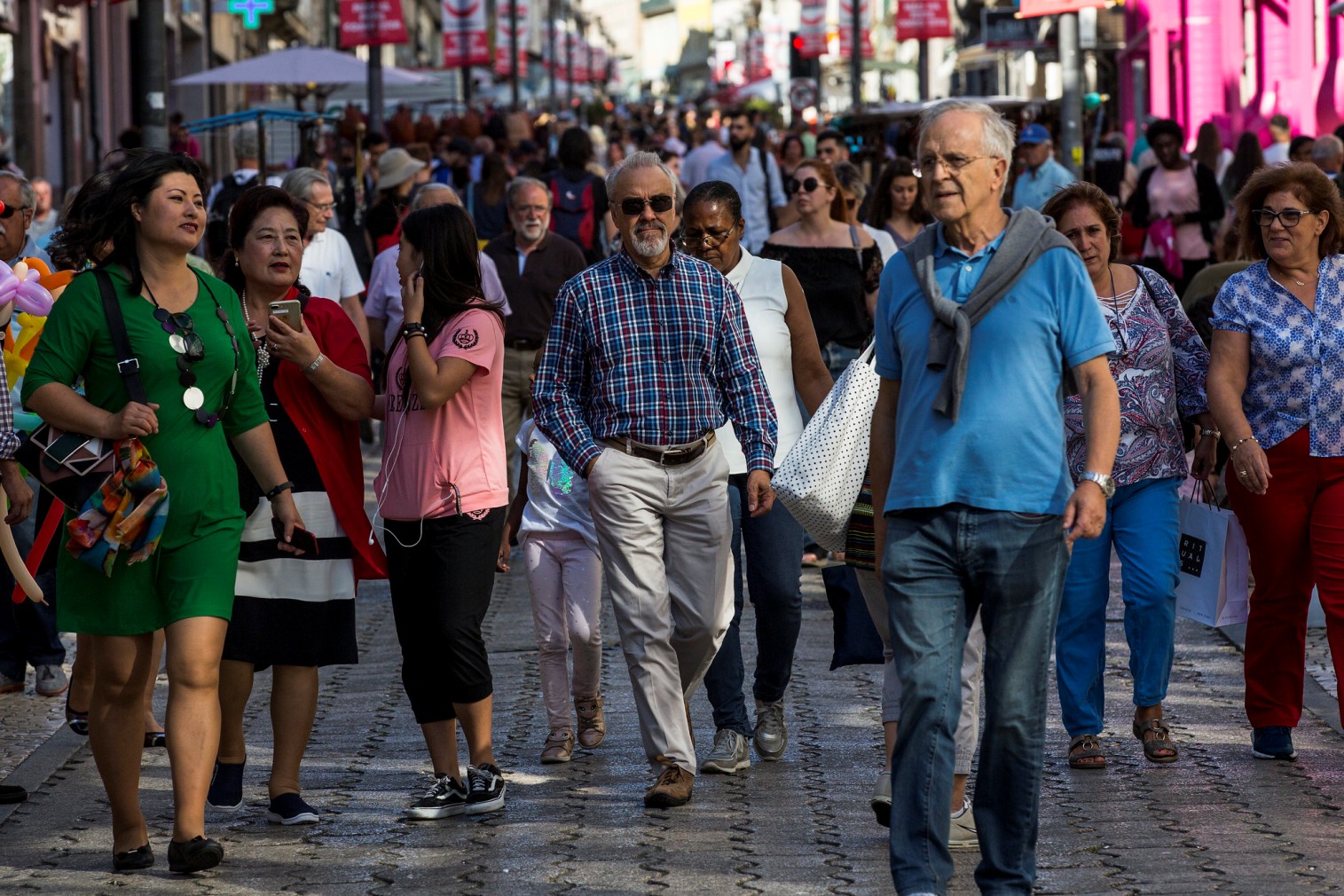
Santa Catarina Street
This owes its planning to the visionary spirit of the Almadas whose restoration work brought a new brightness to the city of Porto in the second half of the 18th Century.
The road was extended as far as Alameda da Aguardente, today’s Praça Marquês de Pombal.
Its imposing façades house some fine examples of the Art Nouveau style.
Over 1500 metres long, the Rua de Santa Catarina, part of which has been pedestrianised, is the busiest shopping street in the city centre.
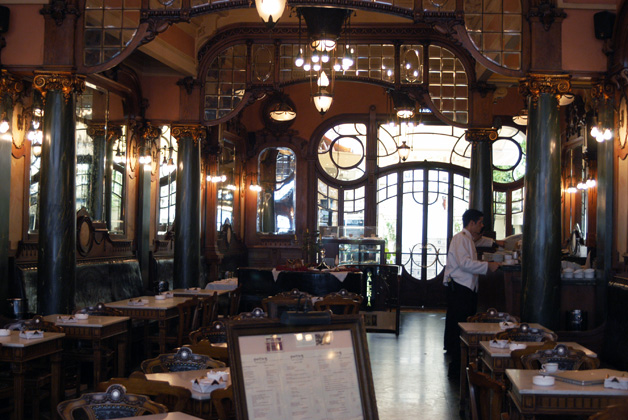
Café Majestic
Founded in 1921, it is considered to be one of the most beautiful and representative examples of Art Nouveau in Porto exuding an atmosphere of luxury, refinement and well-being. Its inherent beauty and its importance in the life of the city of Porto have deservedly led it to be classified as a building of public interest in 1983 and as a cultural heritage site thus allowing a full renovation programme to be undertaken culminating in its reopening in 1994, inviting customers to relive the fascinating Belle Époque. In J.K Rowling’s biography, written by Sean Smith, it said that when the writer was living in Porto she used to spend quite a long time at the Majestic, working on the first book of “Harry Potter”. The Majestic, according to a testimony from a client, would also be the favourite spot of Kubitshek, former president of Brazil.
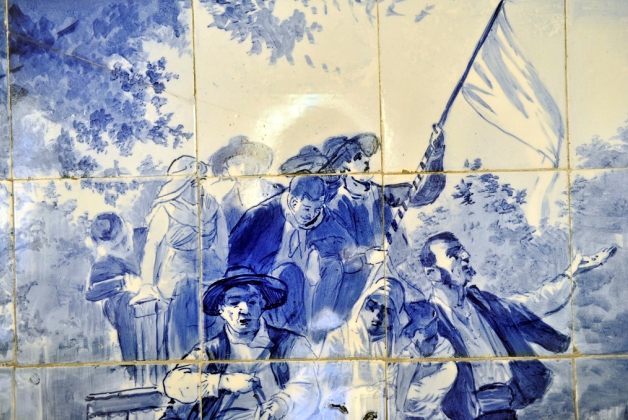
São Bento Railway Station
The S. Bento Railway Station was built at the beginning of the twentieth century on the exact location of the former Convent of S. Bento de Avé-Maria. The glass and iron structure was designed by the architect Marques da Silva. The vestibule is adorned with twenty thousand tiles painted by Jorge Colaço that illustrate the transport evolution and events of Portuguese history and life.
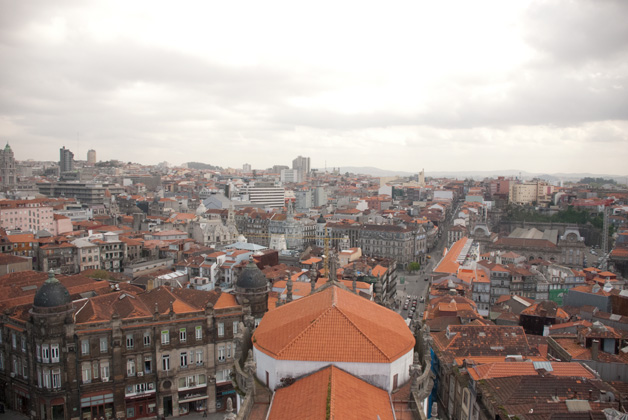
The Clérigos Tower
This baroque work by Nicolau Nasoni was built in the first half of the eighteenth century. The Clérigos Tower is one of the most emblematic monuments of the city of Porto.
The panoramic view over the city and the river Douro which can be seen from the top of the tower makes the 240 step climb worth the effort.
Capitalising on the recent work to renovate and reconvert one of the most significant buildings in the city of Porto, based on a project which rapidly resolved the restrictions on accessing the complex, a multi-sensory facility has been created which simulates the experience of climbing up the Torre dos Clérigos. In the building of the Torre dos Clérigos, you’ll find a part of the Brotherhood’s holdings and the Christus Collection, taking you back to a time and space where art and religion complemented each other.
Cost
8 €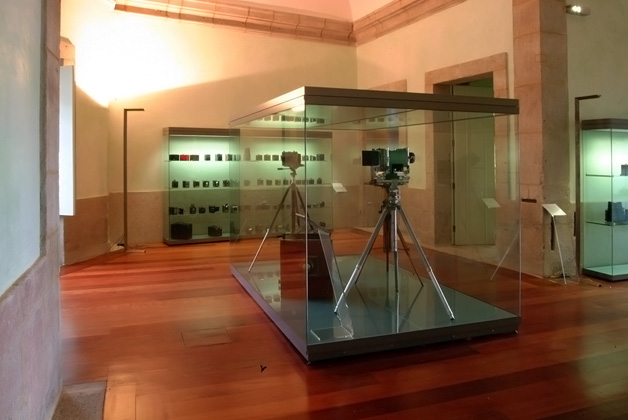
Building of the former Gaol and Court of Appeal
Granite building, dating from 1582, rebuilt in 1767 in neo-classical style, according to the design of the architect Eugénio dos Santos, by initiative of João de Almada e Melo and financed by Companhia Geral da Agrigultura das Vinhas do Alto Douro. It presents a geometric sequence of windows (103 on the whole). This polygonal-shaped building has 4 façades, two of which are related to its main functions: the main façade, on Rua de São Bento da Vitória, allows you to enter the Court sector. The other façade, opened to the Cordoaria Garden, was formerly constructed for the direct passage of prisoners and is currently the building’s main entrance.
Camilo Castelo Branco, who was one of Portugal's most famous writers and was charged with adultery as well as the famous Zé do Telhado who was charged with theft were kept here.
Between 1999 and 2002 the building was restored under the direction of Eduardo Souto de Moura and Humberto Vieira, to become the current Portuguese Centre for Photography, including an exhibition centre.
Guided visits to the building are available.
Included in the Urban Wine Route.
Cost
0 €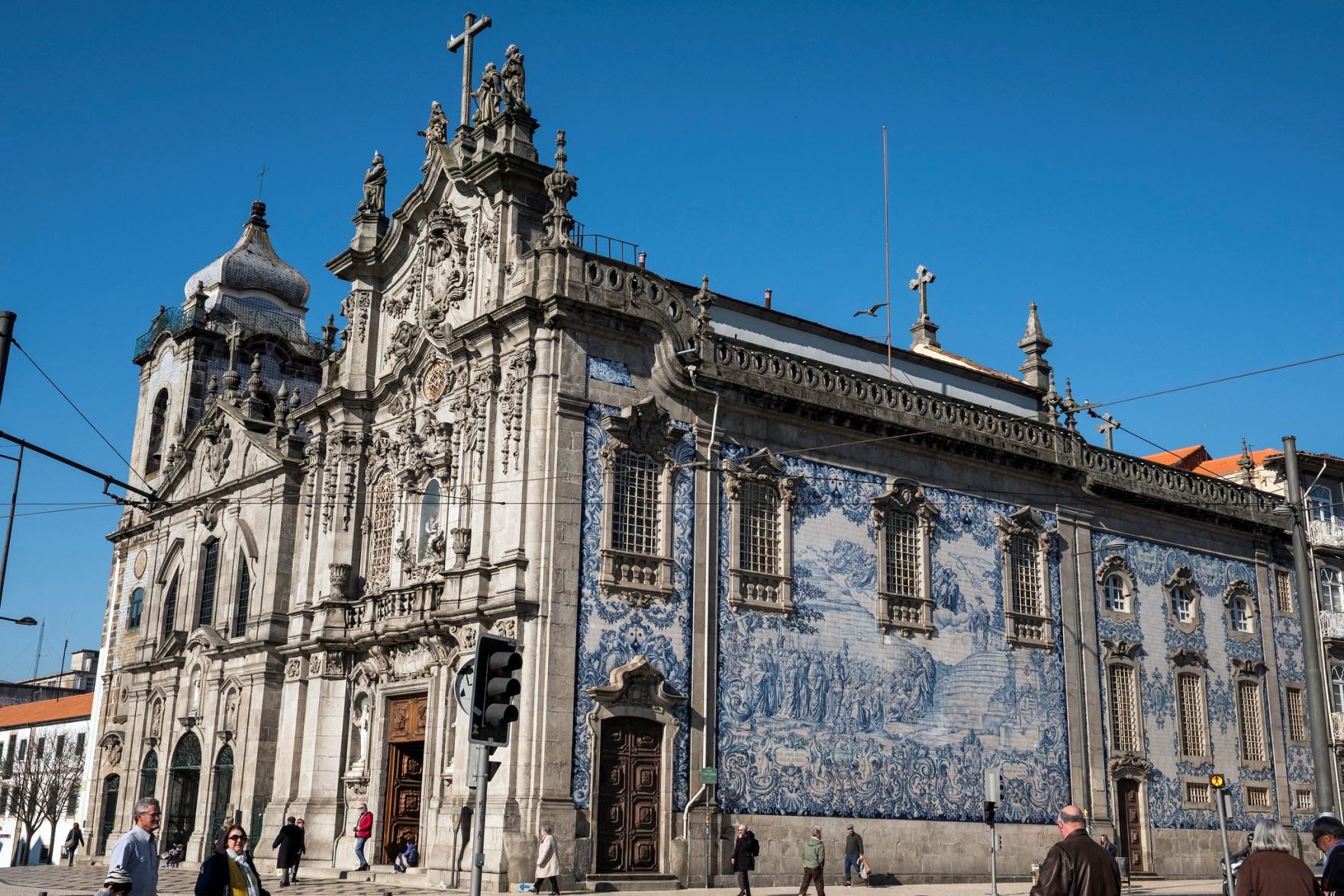
Carmo Church
Church built in the second half of the eighteenth century. Due to its architecture and interior carvings, it is considered to be one of the most remarkable buildings of Porto rococo.
In 1912, its lateral façade was covered with tiles. The drawings on those tiles were designed by Silvestre Silvestri. They are figurative compositions alluding to the cult of Nossa Senhora (Our Lady).
Building designated national monument.
Cost
5 €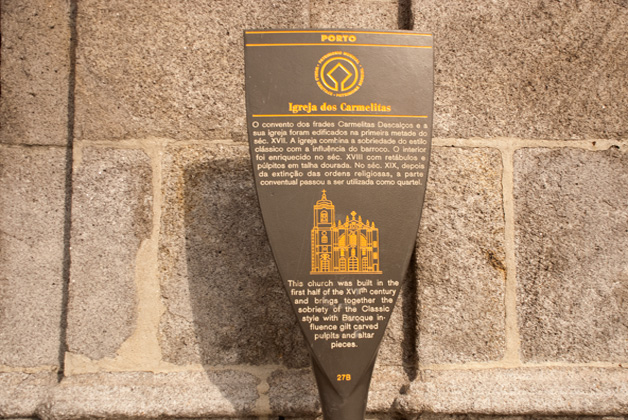
Church of Carmelitas
Seventeenth century church whose classical façade dates from the 1850s. The project has been attributed to the architect/painter Nicolau Nasoni.
The altarpiece, of Porto rococo style, was considered to be a stylistically revolutionary piece. Building designated national monument.
Cost
0 €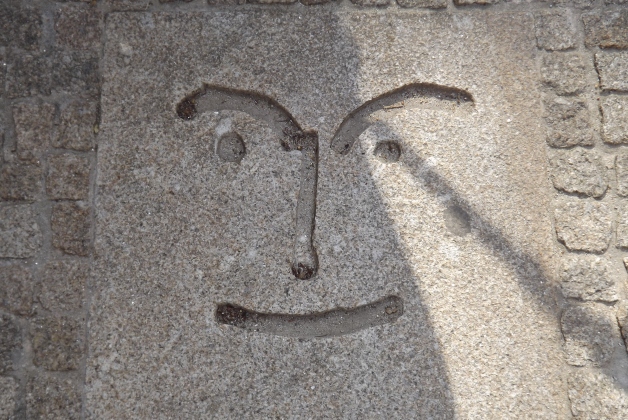
Miguel Bombarda’s Art Galleries
650 metres long, Rua de Miguel Bombarda is one of the cultural arteries of modern times. With several art galleries and new commercial trends, it has become an obligatory meeting point in the city for all those who enjoy art and innovation.
New exhibits are regularly inaugurated simultaneously, with plenty of street entertainment, attracting art lovers, investors, artists, followers of alternative ways of life and many onlookers.
The road also has restaurants, book shops and several retro-cool furniture shops, with alternative decoration, design, fashion, music and others.
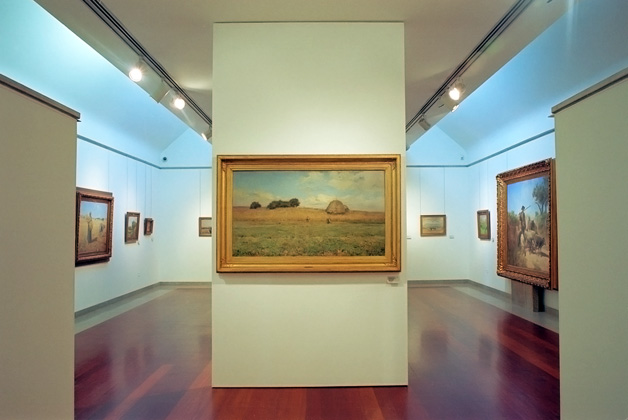
Soares dos Reis National Museum
Founded in 1833, the Soares dos Reis National Museum is the first public art museum in Portugal.
Housed in the elegant Carrancas Palace — an 18th-century neoclassical building located in the heart of Porto — it offers a visit that combines history, art, and heritage.
Its collection brings together more than 18,000 pieces, including paintings, sculptures, ceramics, jewelry, furniture, and glass, covering various periods and styles of Portuguese art.
One of the museum’s key works is O Desterrado (The Exiled), by António Soares dos Reis, a symbol of longing and of the artistic excellence of 19th-century Portugal.
Portugal — and particularly the city of Porto — find in this museum an essential space for the promotion of the arts and the preservation of national cultural identity, making it a must-visit for anyone wishing to explore the city’s artistic and historical soul.
Cost
3 €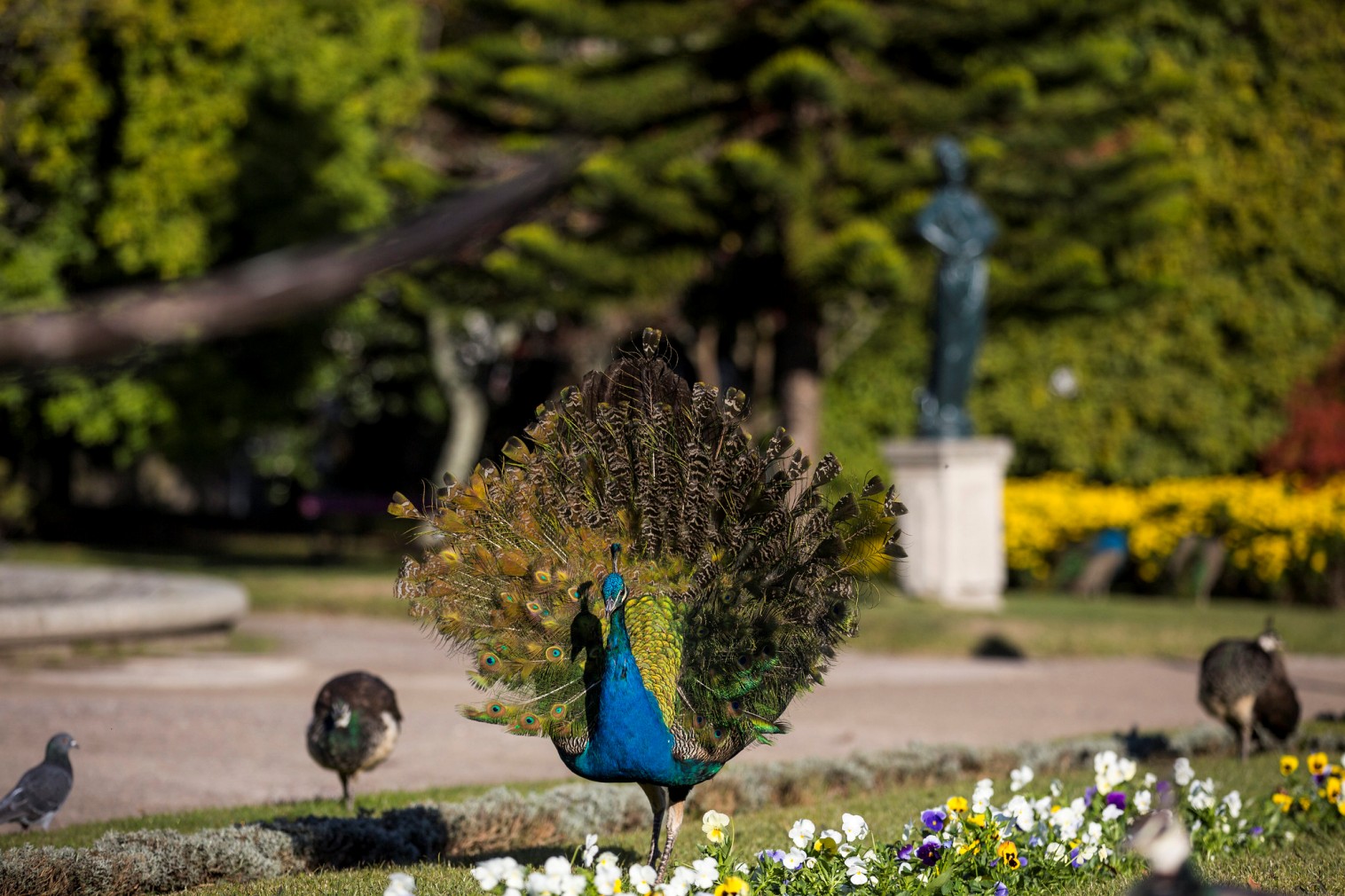
Palácio de Cristal Gardens
The Romantic Gardens of Palácio de Cristal occupy an area of 8 hectares in Porto´s centre and they were designed in the 19th century by the German landscape architect Émille David, in the context of constructing the building of Palácio de Cristal (Crystal Palace). Currently, the following still remain preserved in accordance with the original project: Jardim Émille David at the main entrance, Avenida das Tílias, the forest and the balconies´ design over the river Douro. We can also contemplate magnificent panoramic views over the river and the city that the viewpoints in strategic places offer to us. It is to be noted that these gardens, making a good use of the botanic heritage and of the ludic-cultural dynamics, is home to an Environmental Education Centre.
Flora: North American Tulip Tree (Liriodendron tulipifera), Box elder (Acer negundo), Tilia (Cordata, Platyphyllos and Tomentosa), Camelia sp., Magnolia (Magnolia grandiflora), Metrosideros, Palm Tree (Washingtonia Robusta), Norfolk Island Pine (Araucaria Heterophylla)
Available Infrastructures: public toilets; Cafe/ Restaurants; Sports Pitch and Court (Football and Basketball); Playground; Library and Centro de Educação Ambiental (CEA) and Museu Romântico.
October 1st to March 30th: 8am-7pm
April 1st to September 30th: 8am-9pm
Map View
Plan Your Trip
Arriving

Covered by an ever progressing, accomplished transport network, getting to Porto could never be easier whether it be by plane, bus, car, boat, train or metro.
Getting around

Travelling within the city is made simple should you go by public transport, your own car or a hired one.
Practical information

Here you will find some basic data on Porto as well as information on various public and private services available.
History

This is one of Europe's oldest tourist destinations. Its wealth of artistic heritage, Port Wine, open-air leisure spaces and cultural life are just some of the reasons to visit this city.
Everything you need to know


